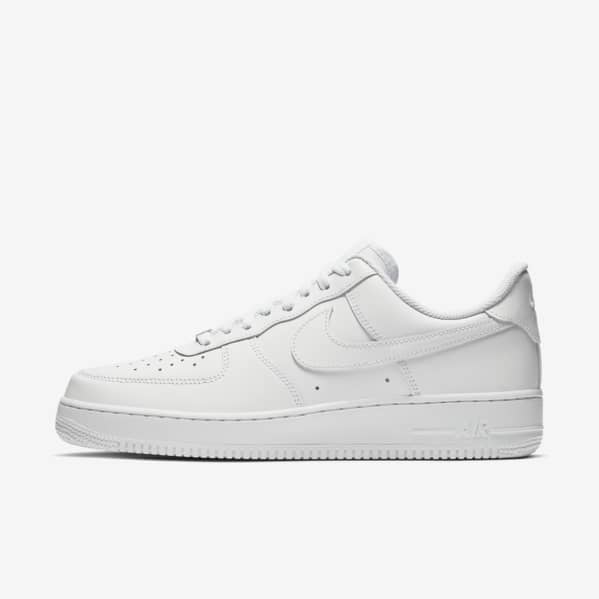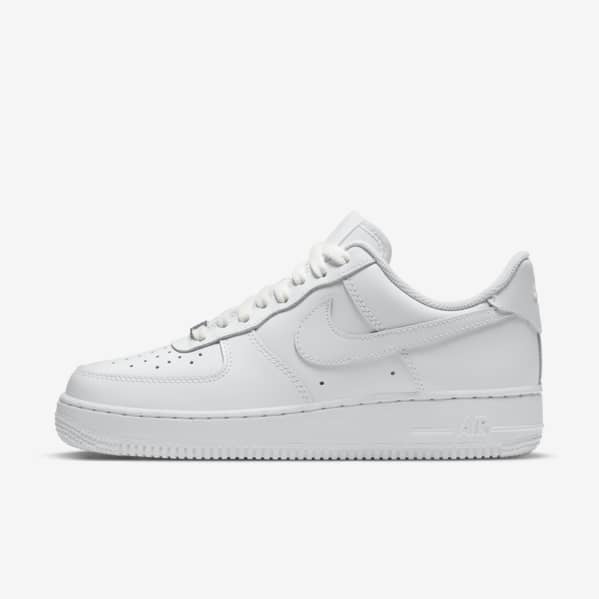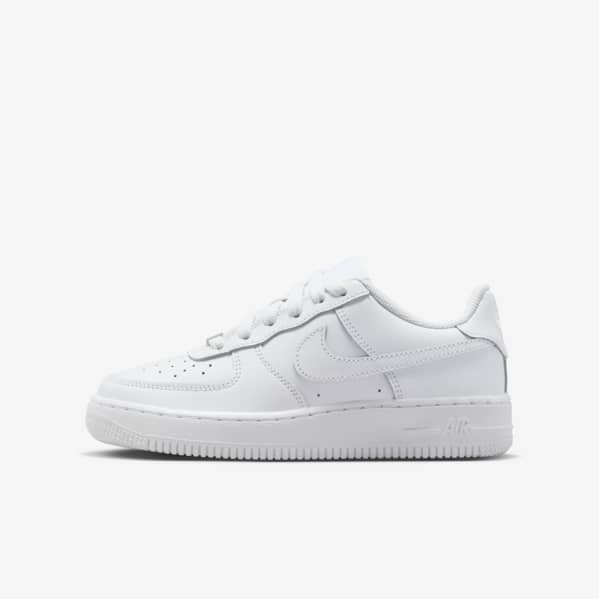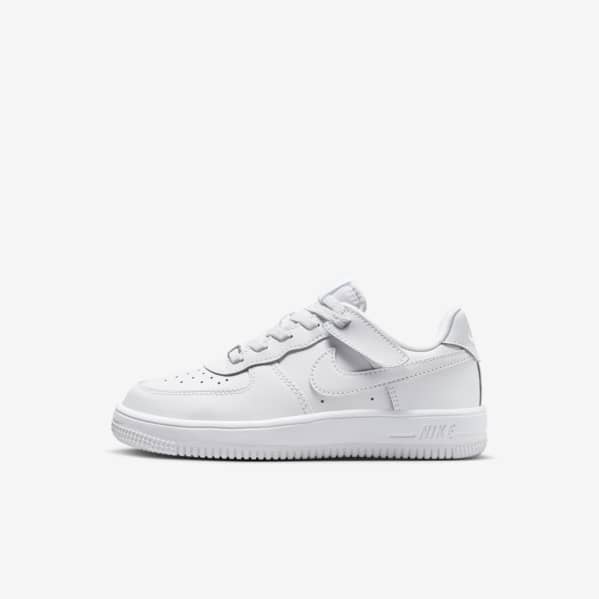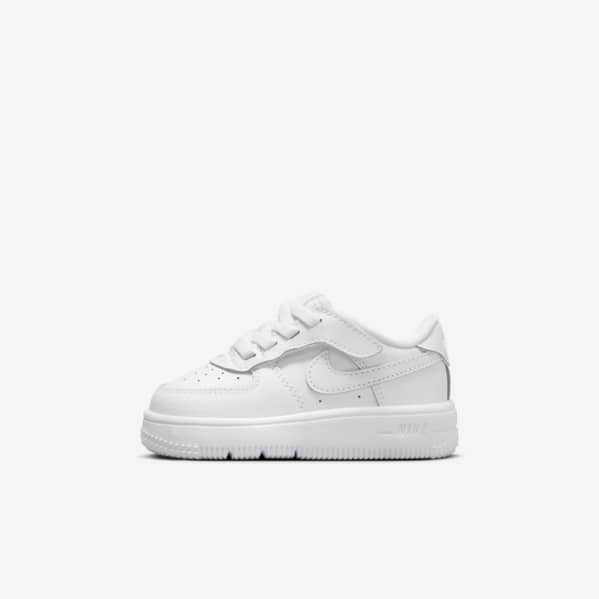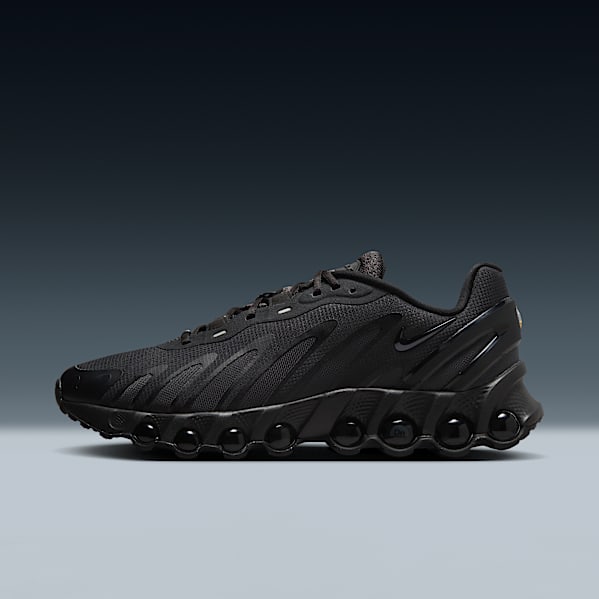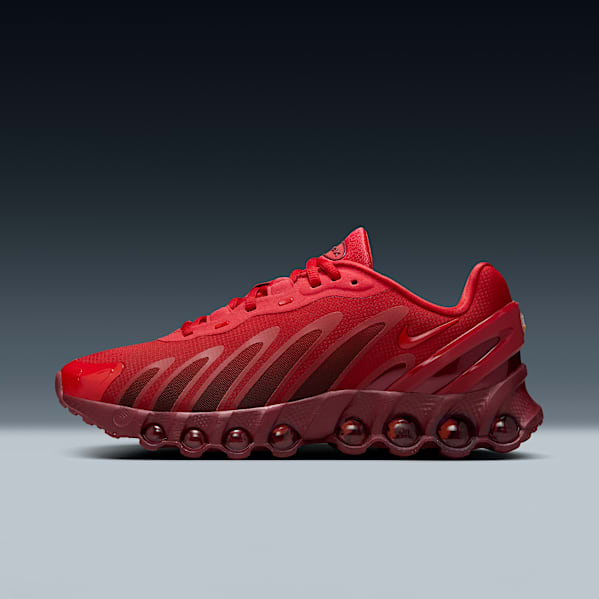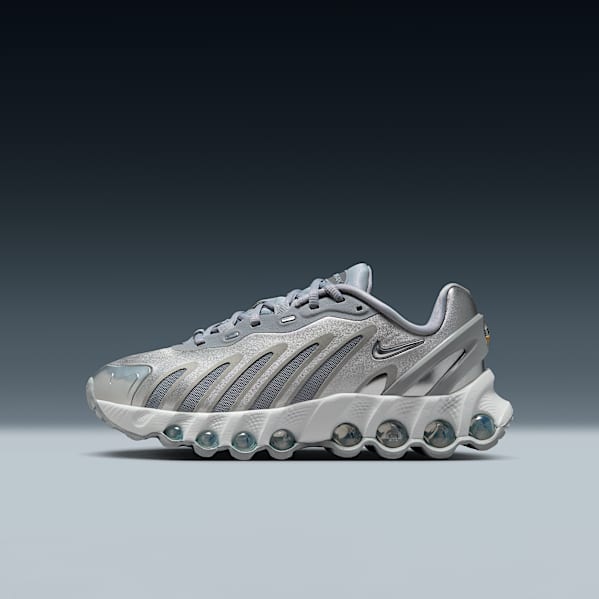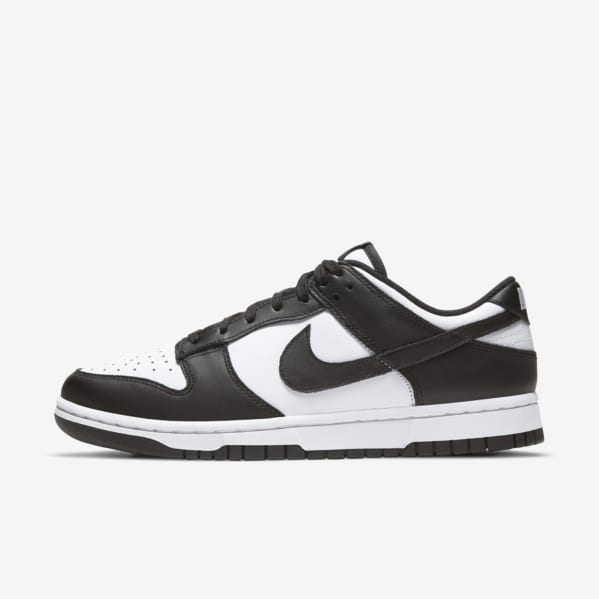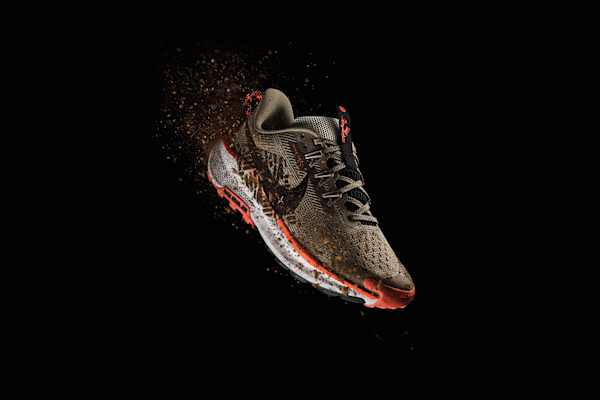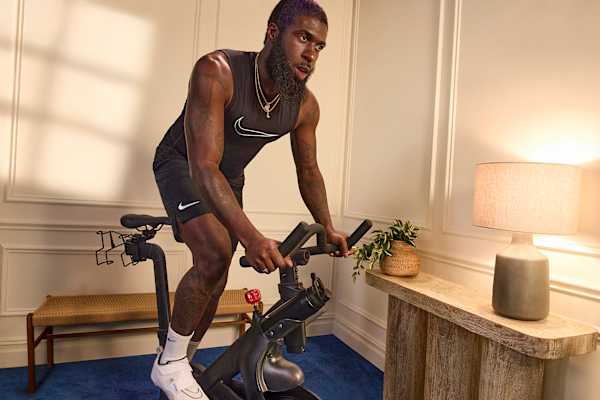Follow These Podiatrist-Approved Tips to Find Sneakers That Fit
Buying Guide
Finding the right shoe fit helps properly support your feet. Here’s how shoes should fit, according to an expert.
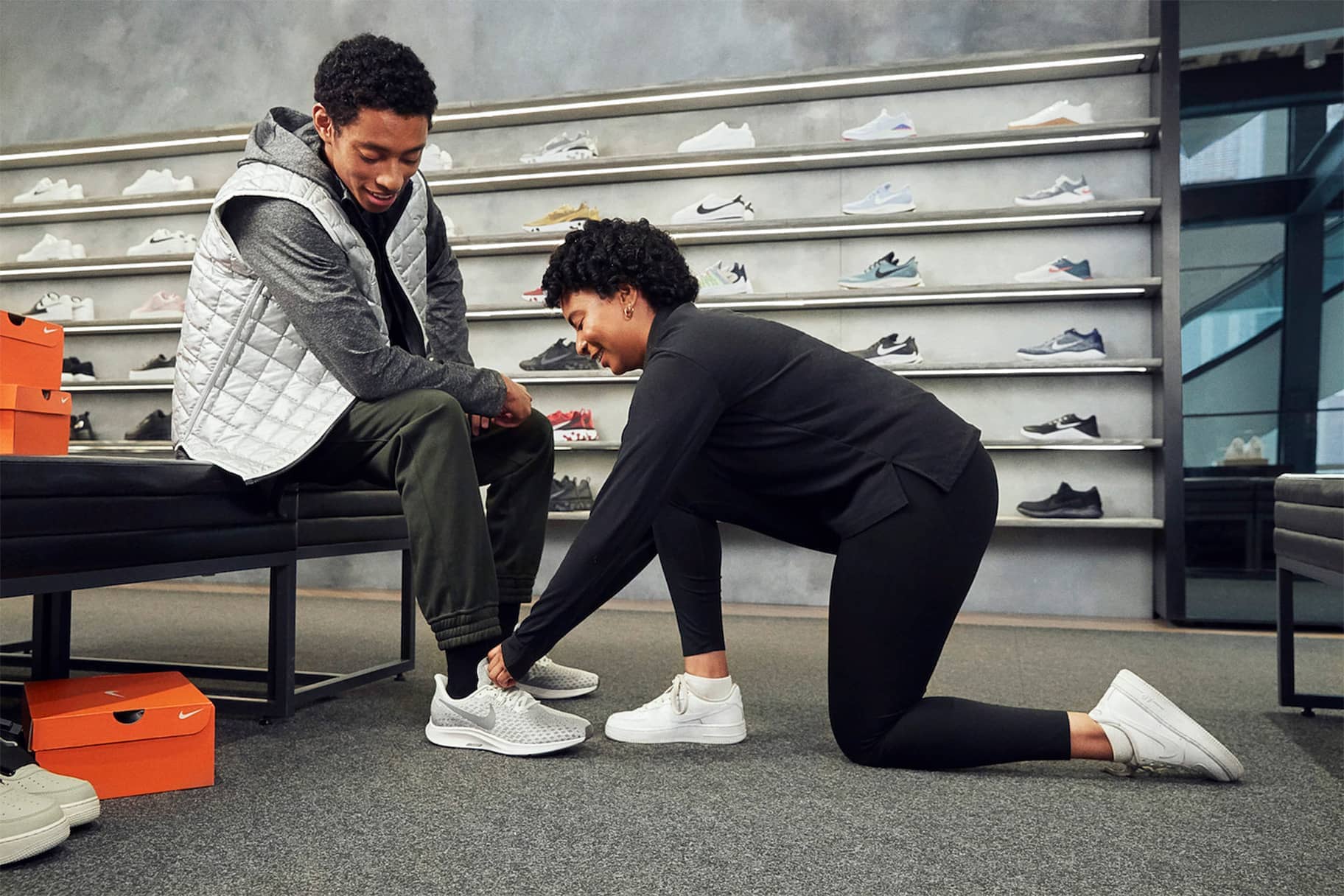
Have you ever come home from a walk, hike or run (or even just a long day) to find blisters on your feet? Or toenails that feel tender to the touch?
When you invest in a new pair of sneakers — whether they’re for running, hiking, playing sports or everyday wear — you want to be sure they properly fit. Well-fitting shoes are less likely to cause uncomfortable rubbing or blisters. Finding the right fit will help ensure you can confidently wear your new shoes without discomfort.
When you’re shopping for a new pair of shoes, how do you know if the shoes are the right fit? Check out these podiatrist-backed tips to find well-fitting sneakers.
Tips to Find Shoes That Properly Fit
1.Talk to a Sales Associate
When buying a new shoe, it may be worth trying on the shoes in person. When you’re in a Nike store, you can enlist the help of a knowledgeable sales associate to choose the right pair and size for your level of activity and foot type. You can also practice walking or running in the new shoes, and with the help of a sales associate, you can figure out if they correctly fit.
2.Find the Right Length and Width
It’s important to consider the fit and support of all types of shoes, not just performance footwear. That includes slippers, sandals, dress shoes and athletic shoes.
“[If you’re someone who experiences] chronic foot pain, including heel pain, arch pain and plantar fasciitis, you want to keep feet stable while doing any activity,” explained Brad Schaeffer, D.P.M., a board-certified podiatrist and foot and ankle surgeon in New York City. “The cause of most pain and irritation comes from the wear and tear we put on our feet — the repeated tearing and stretching when we walk, run or do higher-intensity activities.”
Be sure to speak with your doctor if you experience chronic foot pain or other conditions that can be exacerbated by running or other exercise.
When it comes to finding supportive footwear, wearing the right size is a great place to start. There are two key dimensions of foot size to keep in mind when shopping for new shoes: width and length. Nike footwear comes in regular, wide and extra-wide sizing. If regular-width shoes feel too narrow, try a wide or extra-wide pair.
Well-fitting shoes should fit snugly around your midfoot and heel, and they should comfortably cup the back of the heel. They should also have a little bit of wiggle room in the toe box — if your toes are rubbing against the front of the shoe, your shoes are likely too tight and may cause pain or discomfort on your toes and toenails. On the other hand, shoes that are too big in length or width can cause your feet to slide around, which can be destabilizing when walking or running.
When trying on new footwear, keep in mind that feet tend to swell throughout the day, which means it’s better to try on shoes in the afternoon or evening. Adults’ feet can also become longer or wider throughout life because of the way the ligaments and tendons in the foot become more elastic over time. This is normal and all the more reason to go try on shoes in person, when possible.
3.Make Sure the Shoes Have Plenty of Arch Support
No matter what type of shoes you are looking for, it’s important that they fit well and provide proper arch support. According to Schaeffer, this will help avoid creating or exacerbating conditions such as bunions, hammertoe, plantar fasciitis, ingrown toenails, heel spurs and even sprains in some cases.
It’s also important to consider your arch type when looking for the right fit to ensure optimal support.
(Related: What Is Pronation—And What Are the Best Nike Running Shoes for Flat Feet?)
“The goal is to keep your lower body in alignment as much as possible,” Schaeffer said. “Arch support is a must in all footwear, no matter what type of foot you have.”
How Should Running Shoes Fit?
Running is a high-impact sport, which puts pressure on the joints. Running shoes help protect the body against that impact each time the foot lands. To absorb some of this impact, it’s important to find a pair of shoes that fit well and provide ample cushioning and support.
When it comes to finding the best pair for you, Schaeffer recommended looking for sufficient arch support, in addition to considering stability, fit and cushioning, which helps to absorb shock and avoid tissue irritation and damage.
For example, Nike React and Nike ZoomX foam cushioning are two responsive, durable, soft and lightweight cushioning innovations that help absorb impact and provide energy return at the same time.
For finding the right fit, it’s important to consider the amount of room in the toe box of the shoe, in addition to considering length and width. The toe box should be wide enough that you can slightly wiggle your toes without having so much room that the foot slides around. If your toes feel cramped or are pressing up against the front of the shoe, it’s best to size up.
“Ill-fitting and constricting shoes cause a lot of the problems I see in my practice, and shoes should provide a good balance transfer between heel strike and toe-off,” Schaeffer said.
In other words, after your heel makes contact with the ground while walking or running, the middle of your foot supports your body to move forward. Then, you propel forward with the toes at the last stage (toe-off). Shoes help protect your feet during these motions and support your entire body through all phases of your gait, which is where arch support is essential, according to Schaeffer.
If your gait and balance transfer are not aligned, he said, that’s when foot-health issues can occur.
Should I Wear Shoe Inserts?
If you think you may need shoe inserts or orthotics, talk to a podiatrist, who can help determine what’s best for your feet. If you already wear orthotics or inserts for conditions like plantar fasciitis, bring them with you when shoe shopping to ensure your shoes will fit well with them inside.
“There are great over-the-counter inserts one can buy almost anywhere,” Schaeffer said. “A podiatrist can also prescribe custom-made orthotics for different types of shoes.”
Words by Emilia Benton
